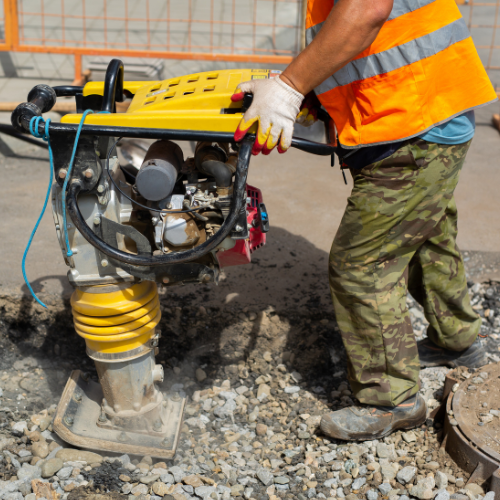WORKPLACE ASSESSMENT

INITIAL ERGONOMIC RISK ASSESSMENT (ERA)
Initial Ergonomic Risk Assessment (ERA) is the level 1 for planning and conducting the ergonomic risk assessment at workplace. The main objective for this Initial ERA is to identify the musculoskeletal symptoms and assess the ergonomics risk factors at workplace using Cornell Musculoskeletal Questionnaire (CMQ) and DOSH Initial ERA Checklist. Implementing an Initial Ergonomics Risk Assessment (ERA) can help the management to identify any issues or problems that may currently affect the worker’s health and productivity or that could cause potential hazardous at workplace. The outcome from this Initial ERA will determine if there is a need to carry out an Advanced ERA in future.
ADVANCED ERGONOMIC RISK ASSESSMENT (ERA)
Advanced Ergonomic Risk Assessment (ERA) is the level 2 and next stage after conducting the Initial ERA (if the results outcome needs to conduct the Advanced ERA) for specific ergonomic risk factors (ERFs) that found at workplace. The main objective for this Advanced ERA is to identify specific on the ergonomics risk factors at workplace based on posture assessment, forceful assessment and repetition assessment. The benefits conducting the Advanced Ergonomics Risk Assessment (ERA) are enable employers to plan, Implement and monitor preventive measures, reduction of ergonomics-related injuries of MSDs and reduction of compensation cost, medical expenses and employee absenteeism due to the ergonomics-related injuries and MSDs.


WORKPLACE LIGHTING (LUX) ASSESSMENT
Workplace Lighting Assessment is an evaluation of the lighting condition and level of lighting in the work environment for the purpose for Identifying thepotential hazards arising from the work activity under the current lighting condition in the workplace (such as insufficient illumination, excessive contrast, glare or flicker), identifying employee who may be harmed and evaluating the risks and decide whether improvement measures are needed to protect the employees, including but not limited to the lighting provision.
WORKPLACE TEMPERATURE (HEAT STRESS) ASSESSMENT
Heat Stress Risk Assessment is an evaluation of the heat stress in which a part of monitoring the condition of workplace. Heat stress is physical hazards which may cause health effects, either directly or indirectly to employees. It occurs when the body fails to regulate internal temperature and the temperature may not return to normal by itself. It is important to measure the heat stress load imposed to worker’s body as it may affect the worker’s ability to work and could lead to many heat related illness.


HUMAN VIBRATION ASSESSMENT
Human Vibration Assessment evaluates the exposure of workers to vibrations from tools, machinery, or vehicles.
Excessive exposure can lead to serious health issues such as nerve damage, back pain, and Hand-Arm Vibration Syndrome (HAVS).
Assessments help identify risks, ensure legal compliance and protect worker health through practical control measures.
PSYCHOSOCIAL RISK ASSESSMENT AND MANAGEMENT (PRisMA)
Psychosocial risk assessment identifies and addresses work-related factors that can impact employees’ mental health and wellbeing, such as excessive workload, poor communication, bullying, or lack of support.
Effective management helps prevent stress, burnout, and absenteeism while improving employee morale, productivity, and compliance with safety standards.
Our approach includes staff surveys, risk analysis, and practical action plans to create a healthier, more supportive workplace.
